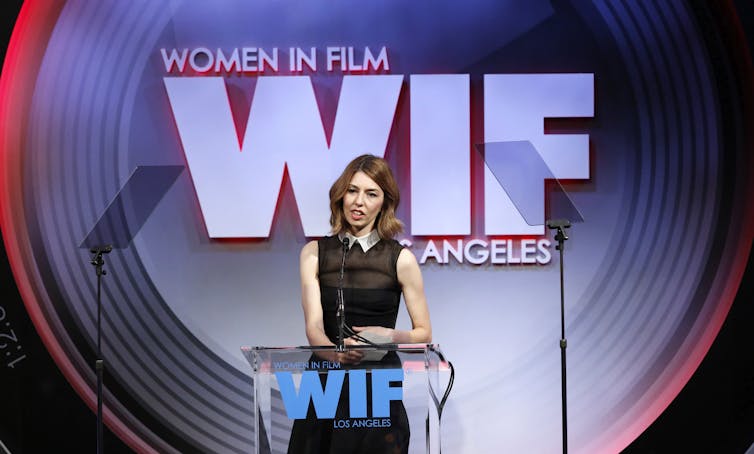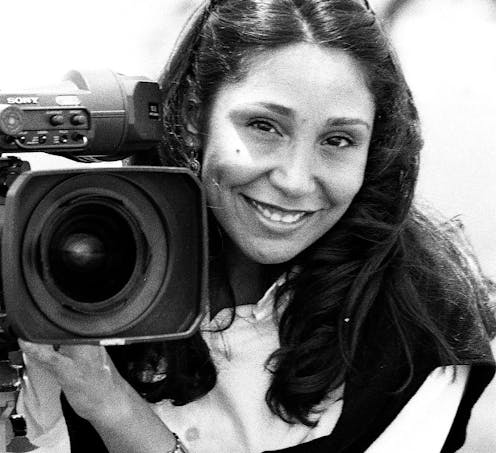Is there a relationship between the number of older working women and mothers working behind the camera in the television and film industries and the way they are represented – or misrepresented – on our screens?
It’s clear that there are still issues of inequality within the workplace that directly impact on women. But the problems facing women in these post-feminist times, as expressed by Joan C Williams, distinguished professor of law at Stanford University, are “less about the obstacles faced by women than about the obstacles faced by mothers”.
Her argument is that the workplace discriminates against women who are often defined by their roles as mothers and caregivers. Miriam Peskowitz, former professor and author of the Daring Book for Girls series, endorses this view. She argued that the 21st-century workplace continues to demand that families accommodate a fairly traditional working pattern where mothers stay at home with the children while fathers provide the role of breadwinner.
Some 50 years since the Equal Pay Act was passed in the UK and women are still routinely paid up to 14% less than men for the same work, with mothers earning up to 21% less. As well as receiving unequal pay, a 2016 report by the Equality and Human Rights Commission estimated that:
Around one in nine mothers (11%) … were either dismissed, made compulsorily redundant … or treated so poorly they felt they had to leave their job [and] … as many as 54,000 new mothers may be forced out of their jobs in Britain each year.
While the situation for some women may have improved from the amount of attention that equality in the workplace has received, for mothers it has actually deteriorated over the past decade. And the film and television industries are no different.
And as a Creative Skillset report from 2010 showed, older women are under-represented in the film and television industry compared to their white male equivalents: 66% men are aged over 35 compared to 49% of women. Women cite the challenges of trying to balance domestic and family responsibilities with the hard work and often erratic hours of a career in the creative industries.

So what is going on, and does this lack of representation matter? According to the Geena Davis Institute for Gender in Media, it is of the utmost importance. The more we see women doing brave things on our screens, the bigger the impact. In fact, research commissioned from the Geena Davis Institute with J Walter Thompson revealed that “the more TV a girl watches, the fewer options she thinks she has in life”. This makes for shocking reading, particularly when you consider that there are still so few role models – and the male-to-female ratio onscreen remains as it was in 1946.
We’ve spent more than a decade examining the way mothers and older women are represented on television, and are now embarking on research into the effect of women’s roles working behind the camera. What we’ve found suggests that the lack of mothers working behind the scenes may result in a motherhood penalty, shifting the balance of women in the industry, and inevitably affecting how mothers are portrayed. Until more women and mothers are able to sustain careers in both film and television – particularly in decision-making roles – this negative cycle will continue.
Recent figures from the film industry bear this out: as film data researcher Stephen Follows said earlier this month:
A male dominated industry leads to male focused films, leaving women not only under represented amongst directors but under represented in the art and stories themselves.
If the film industry would benefit hugely from hiring more women in prominent positions, the same is true of television. We need to improve the opportunities for other talented women within the industry and create role models – as characters onscreen and in real life behind the lens – to inspire the next generation. Without changing the make-up of the people creating the fiction we watch, that fiction will continue to misrepresent women and mothers well into this century, as the last.


